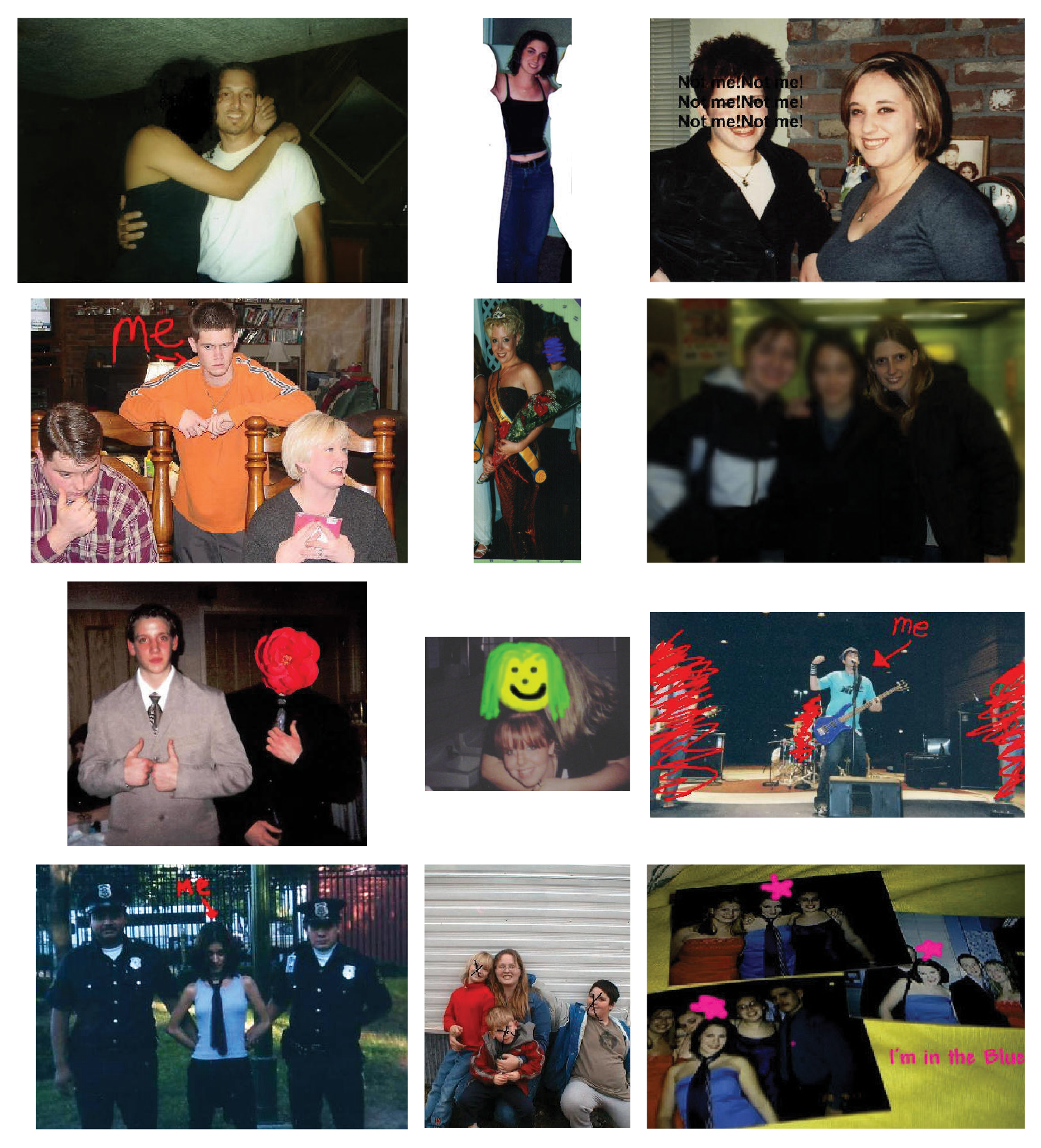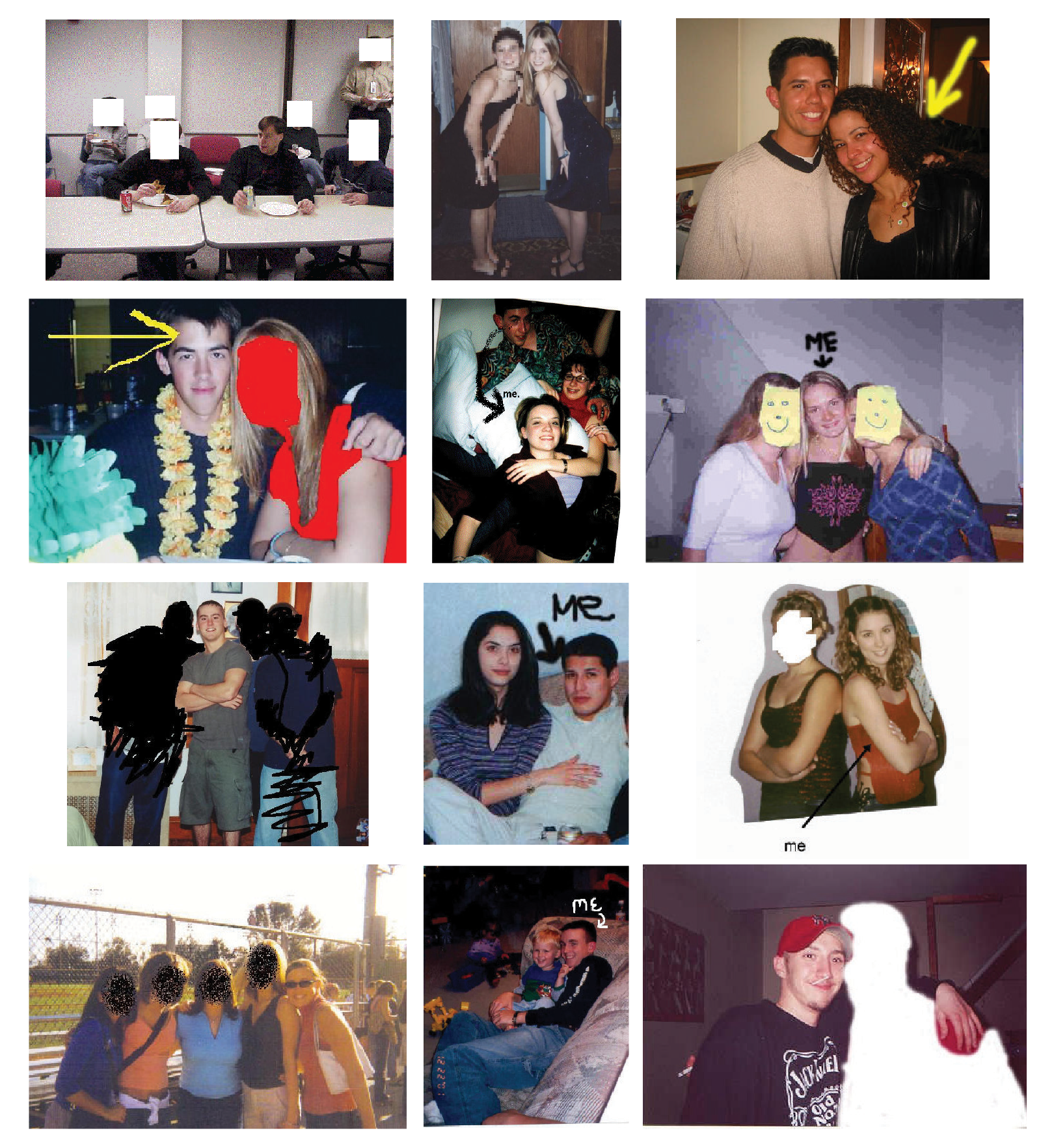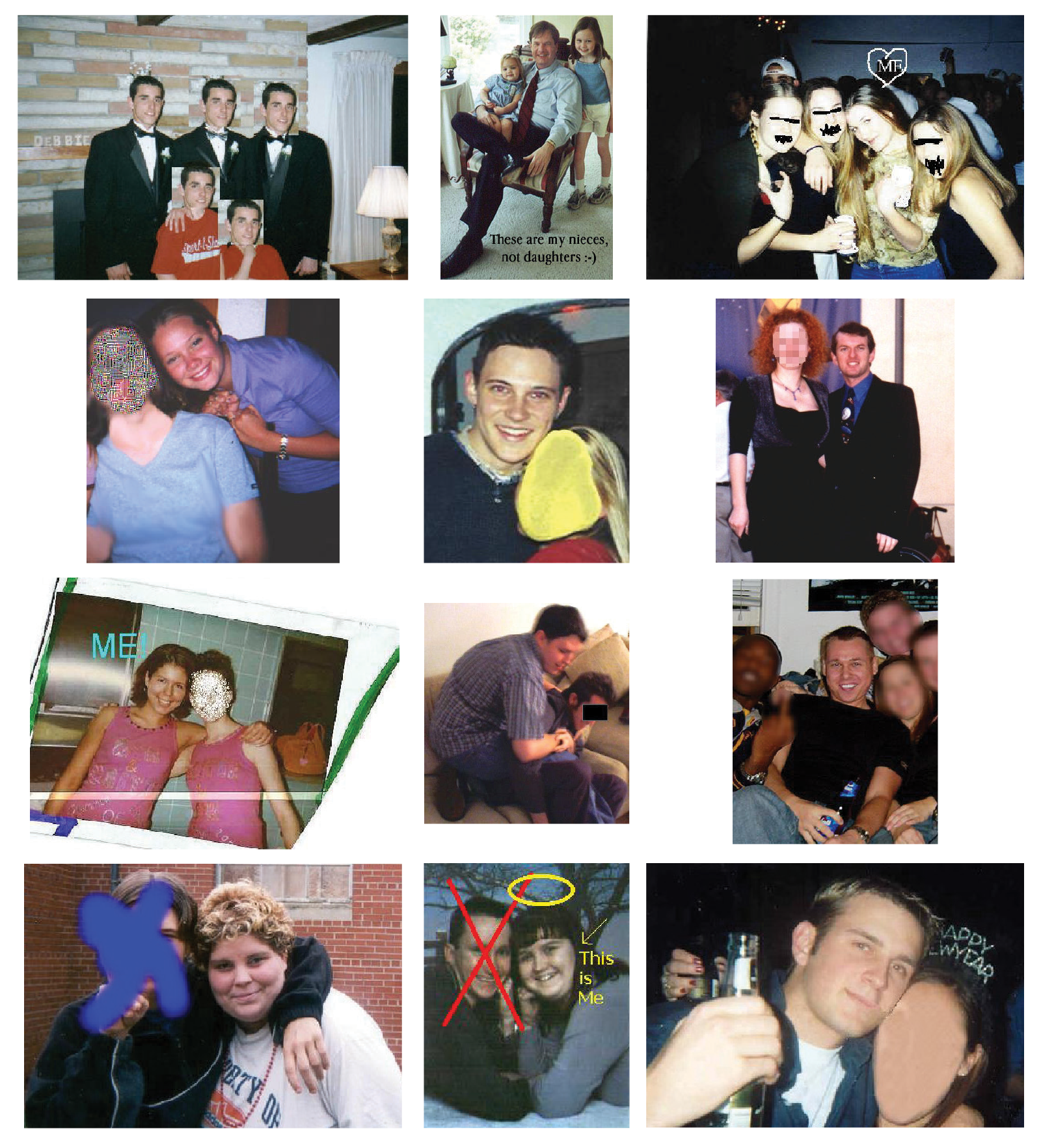The Digital Vernacular
Who’s hot (or not)?
John Pilson

I was first introduced to the “Hot or Not” website (www.hotornot.com) a couple of years ago by a class of photography students at Bard College. Like them, I was an instant convert to the site and its endless stream of digital snapshot portraits. The premise is simple and yet deeply resonant as an expression of photography’s current digital incarnation. Upon entering the site, the visitor is presented with a snapshot of a man or woman and prompted to rate the person on a clickable scale between 1 and 10 (I usually vote toward the extremes). After casting one’s vote, the subject’s current score is displayed along with the last time he or she checked it, usually within the past 30 minutes. You have to vote in order to view the next photograph, and after hours of poring over these pictures I have never seen the same image twice.
The cross-section of individuals encountered on the site presents a delirious prism of vernacular photography that could have originated anywhere, yet it’s easy to imagine these photographic subjects as neighbors. Photographically, the experience is reminiscent of Walker Evans’s famous picture of the small-town studio photographer’s window (Penny Picture Display, Savannah, 1936) in which a grid of portraits becomes an unwitting collective, an aggregate of identities whose connections are as meaningless as they are unavoidable.

The images on hotornot.com represent the full spectrum of digital picture-making. There are drugstore photos re-photographed with digital cameras, video stills, the ubiquitous low-resolution desk-cam portraits of hunched-over users lit by the blue glow of their monitors, scanned photographs (professional and otherwise), as well as strange, murky hybrids whose origins are impossible to pinpoint. While viewing and voting, inevitable questions arise concerning the authenticity of the pictures: Is this really the person who submitted the picture? Is this someone’s idea of a cruel joke? And, of course, the perennial, Has this picture been manipulated?
There is a subset of pictures that I avidly collect. People often post photographs in which they are captured with another person or in a large group. This presents a visual communication problem in that the picture must make clear who is being presented to the viewers of hotornot.com. Responses to this problem include blotted-out faces, brutal scribbles, indicator arrows, meticulous blurs, and helpful text as in “Me,” “Not Me!!!,” and “These are my nieces, not daughters.” The gestures are filled with personality and can’t help but shade the reading of the portraits. One picture shows three photos splayed out on a yellow cloth with hot-pink text that reads “I’m in the blue.” Another shows an alienated teen straight out of central casting standing behind a table of happy, card-playing adults—a feebly scrawled “Me” in blood-red is followed by an arrow to his head. These digitally mangled snapshots are simultaneously hysterical, sad, and violent. It’s inspiring to consider this small pocket of activity as a digital vernacular. The photos are raw, even crass in their disregard for the photographic object; even so, the gestures are filled with giddy optimism, cast adrift like messages in bottles.

John Pilson is a photographer and videomaker based in New York represented by Nicole Klagsbrun, New York. He teaches at Bard College, the Yale School of Art, and the School of Visual Art.